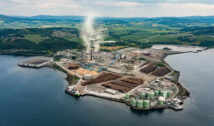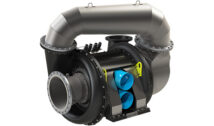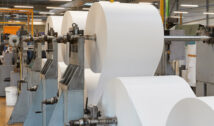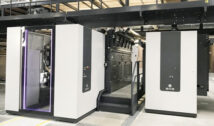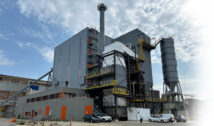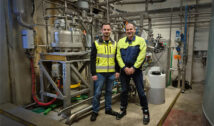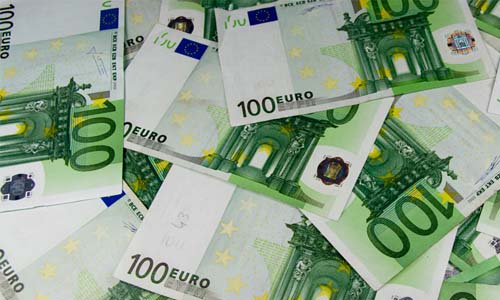
>>> The 7% increase in French paper production in mid-2021 should make it possible to erase the low point of 2020, according to Copacel (Union française des Industries des Cartons, Papiers et Celluloses). Over the first 7 months of the year (compared to the corresponding period in 2020), thanks to dynamic demand from several downstream sectors, French paper production increased by almost 7%. This increase, which is accompanied by healthy order books on the whole, can be explained by several factors: the good consumption of households, particularly through online purchases, is leading to increased demand for packaging paper and board; the gradual return of employees to their companies, in tertiary jobs, is accompanied by an increase in the consumption of office paper; the resumption of advertising campaigns is materialising in a demand for paper intended for the production of printed matter; the rise in paper and board prices is leading some customers, when the volumes placed on the market allow it, to build up stocks to protect themselves from future increases…
This rebound in activity since the beginning of the year follows a year 2020 that was characterised by a 6.1% drop in paper production. The increase in production over the first seven months of 2021 must therefore be put into perspective, and should be interpreted mainly as a catch-up following the dip in 2020. Over 7 months, compared to 2019, paper production is down by almost 2%.
>>> The return to pre-“Covid crisis” production levels is accompanied by strong pressure on raw materials and human resources
The sequence the French papermakers have been going through since March 2020, characterised by a recession followed by a strong economic recovery, is leading to adjustments in production systems, which for the French paper industry is resulting in tensions over its raw material supplies. Thus, the supply of “waste paper” remains affected by the downturn in activity during the crisis (the volumes of waste available today are directly dependent on the volumes generated by past consumption) and the availability of cellulose pulp is hampered by the disruption of international maritime transport.
In addition to these tensions on fibrous raw materials, there are delivery constraints on chemical products and various types of consumables (pallets, etc.). In addition, the availability of human resources, which has already been a problem in recent years, particularly for certain positions (maintenance technicians, etc.), has been further reduced by the climate of concern generated by the health situation.
These constraints, particularly those relating to raw material supplies, are in some cases likely to extend the usual delivery times for paper products. For some types (newsprint, etc.), this reduction in supply may be amplified by capacity closures in Europe to ensure the long-term balance of supply and demand.
>>> Tensions on the factors of production are accompanied by their very significant increase in price
For the main cost item, fibrous raw materials, the increases observed since the beginning of the year are of an unprecedented magnitude. Over eight months, the prices of the waste paper categories “newspapers, magazines and leaflets sorted for de-inking” (1.11) and “corrugated boxes” (1.05) have risen by 84% and 207% respectively. Over the same period, prices for virgin fibres rose by 44% for softwood pulp and 47% for hardwood pulp. On the wholesale energy markets, electricity prices rose by more than 200% in September 2021 compared to September 2020, reaching more than €108/MWh on 15 September. Lastly, the spectacular increases in gas prices (+300% since the beginning of the year) were compounded by the very sharp rise in CO2 quotas, particularly following the European Commission’s presentation in mid-July of the “Fit for 55” legislative package, which aims to speed up the decarbonisation of the economy. This context of a sharp rise in production costs is weighing heavily on the accounts of companies, so that most of them have to change their commercial policy in order to restore their margins.






